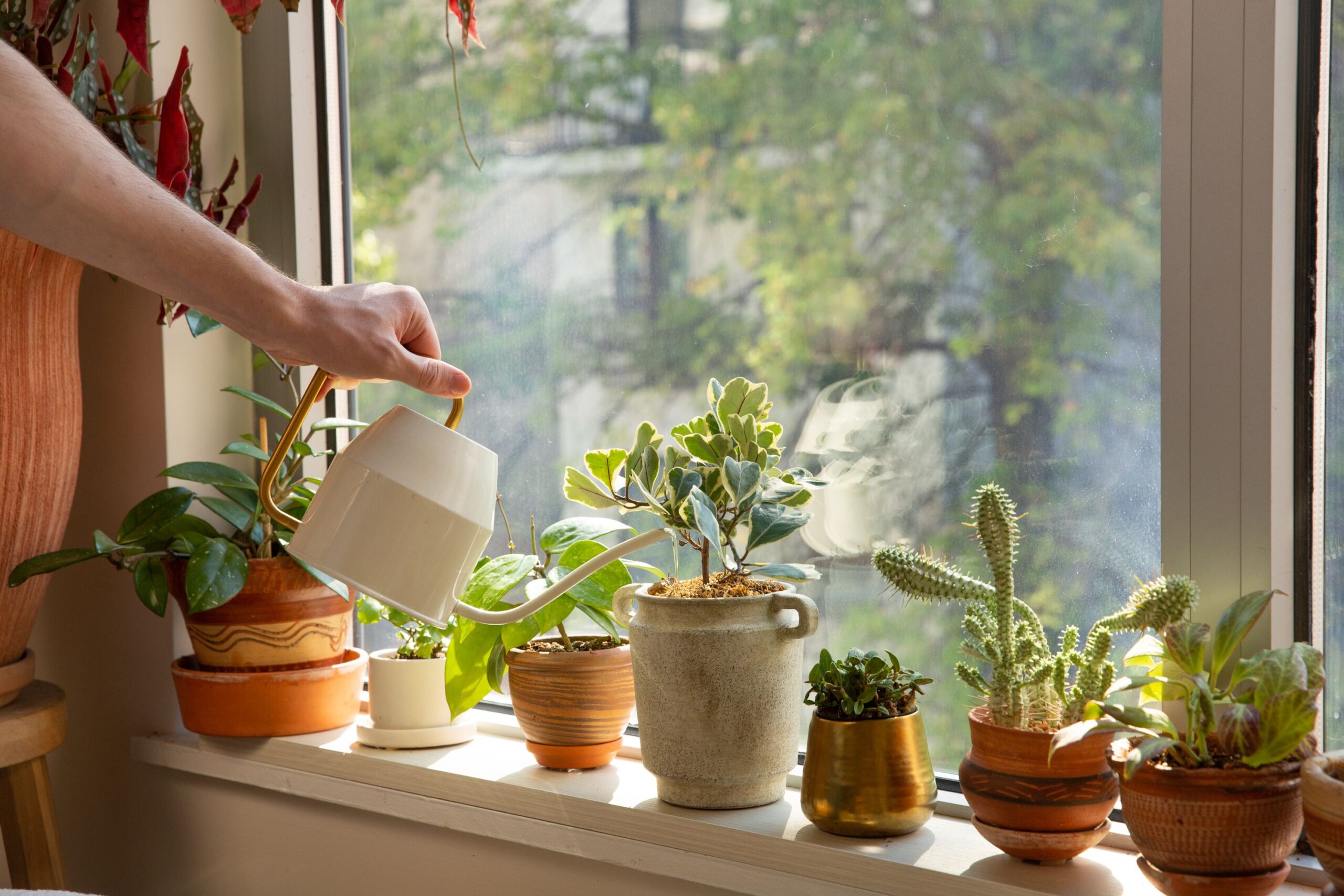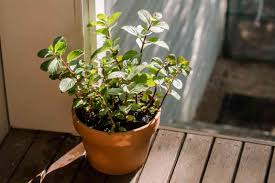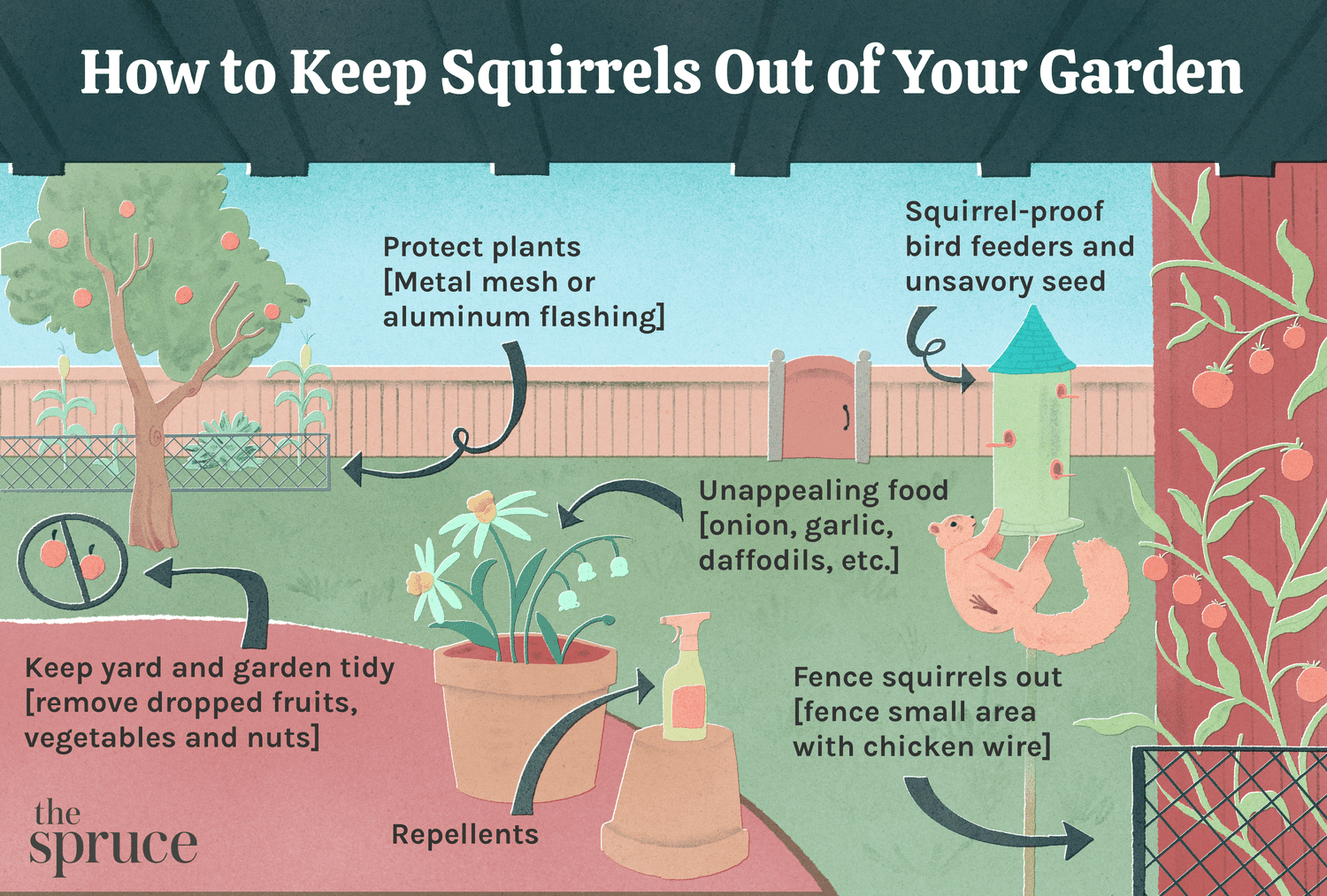Best Way to Water Houseplants
Watering houseplants can be a bit tricky, as different plants have different needs when it comes to watering. Some plants like to be watered frequently, while others prefer to be left alone for longer periods of time. Here are some tips on the best way to water your indoor plants:
1. Check the Soil Moisture
Before you water your plants, it’s important to check the moisture level of the soil. Stick your finger into the soil about an inch deep. If it feels dry, then it’s time to water. If it feels moist, then hold off on watering for a few more days.
2. Use Room Temperature Water
When watering your indoor plants, make sure to use room temperature water. Water that is too cold or too hot can shock the plants and potentially harm them. Let the water sit out for a day or two before using it, as this will help to dissipate any chlorine or other chemicals that may be harmful to your plants.
3. Water at the Base of the Plant
When watering your houseplants, make sure to water at the base of the plant. This will help to avoid getting water on the leaves, which can lead to mold and diseases. Watering at the base also allows the roots to absorb the water more efficiently.
4. Use the Right Amount of Water
It’s important to use the right amount of water when watering your indoor plants. Overwatering can lead to root rot, while underwatering can cause the plant to wilt and eventually die. Make sure to water thoroughly, but allow the excess water to drain out of the bottom of the pot.
5. Avoid Watering on a Schedule
While it’s important to water your houseplants regularly, it’s best to avoid watering on a strict schedule. Instead, check the soil moisture regularly and water only when needed. This will help to prevent overwatering and ensure that your plants stay healthy.
6. Consider the Season and Plant Type
Take into consideration the season and the type of plant you have when determining the best way to water. Some plants may require more water during the warmer summer months, while others may go dormant and need less water during the winter. Research the specific needs of your plants to ensure that they are getting the right amount of water.
7. Mist Plants with Indoor Humidity
If you live in a dry climate or have plants that require higher humidity levels, consider misting them regularly. This will help to keep the leaves moist and prevent them from drying out. Be sure to mist in the morning or early afternoon, as misting in the evening can promote the growth of mold and mildew.
8. Consider Using a Watering Globe or Self-Watering Pot
If you tend to forget to water your plants or are frequently away from home, consider using a watering globe or self-watering pot. These devices can help to regulate the amount of water your plants receive and ensure that they stay hydrated even when you’re not around.
Conclusion
By following these simple tips, you can ensure that your indoor plants stay healthy and thrive. Remember to check the soil moisture regularly, use room temperature water, water at the base of the plant, and adjust your watering habits based on the season and plant type. With a little bit of care and attention, your houseplants will flourish and bring beauty to your home.



